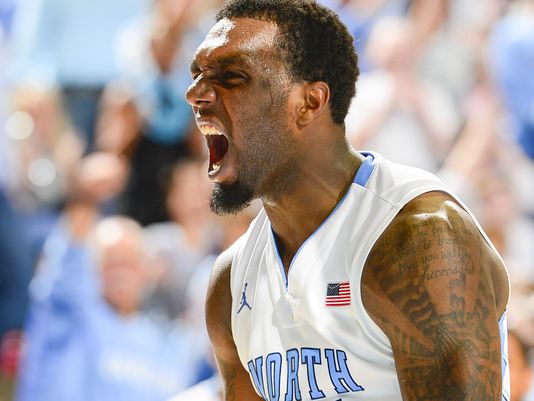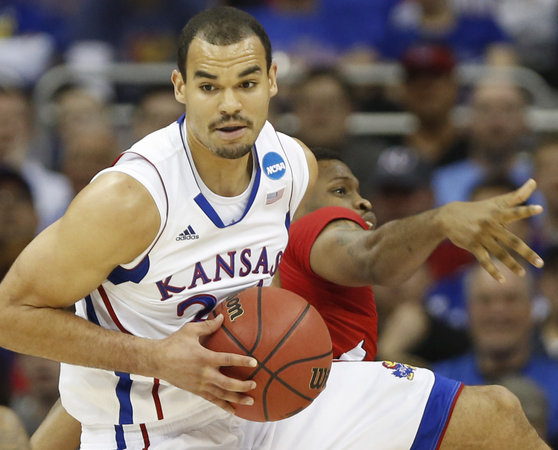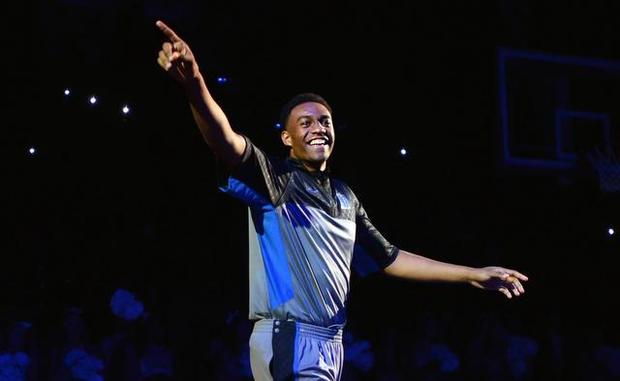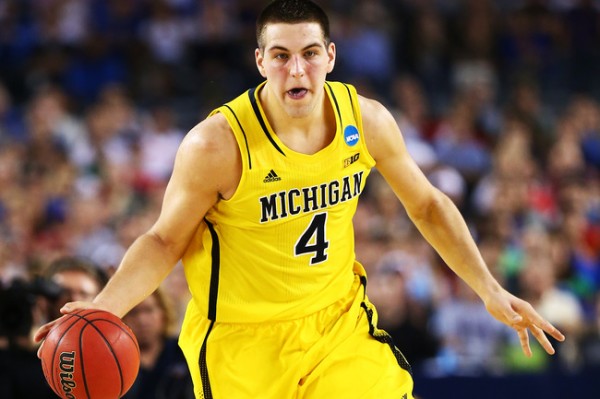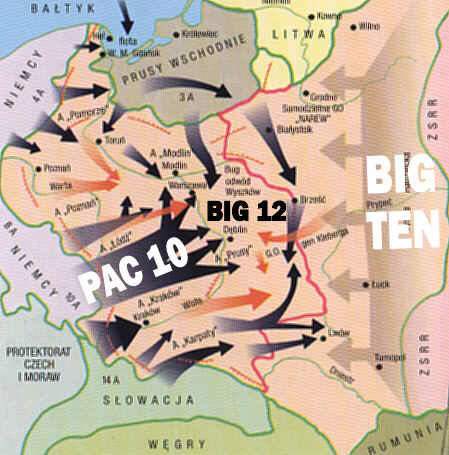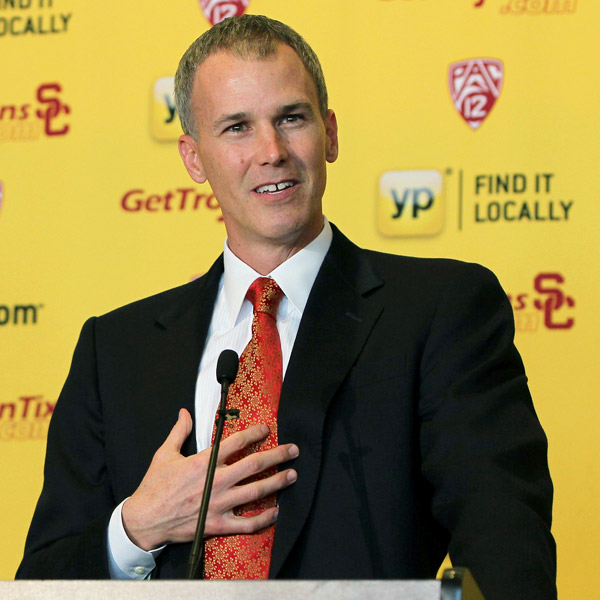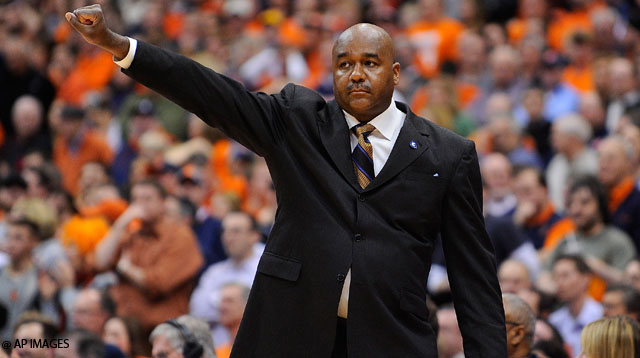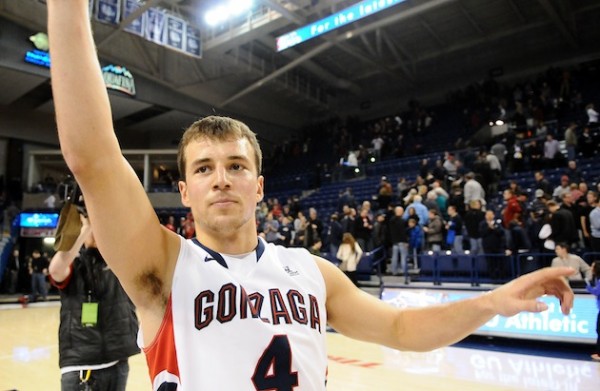20 Questions: Will PJ Hairston’s Eligibility Make or Break UNC This Season?
Posted by Bennet Hayes on November 9th, 2013When the Tar Heels left Coral Gables last February 9 as victims of a violent Miami beatdown, an NCAA Tournament bid was far from a certainty. NIT discussion had grown ever-real for one of college basketball’s flagship programs, and the aimless Heels headed north still seeking an identity. Enter P.J. Hairston. Roy Williams inserted his sixth man into the starting lineup four days later, playing the 6’5” Hairston as a de facto power forward in a small-ball lineup. The new look Heels would lose a tight one to Duke in Cameron that night, but they went on to win eight of their last 10 contests, comfortably earning an NCAA Tournament bid in the process. That lineup undoubtedly assisted in creating an identity on the court for UNC, but it’s no reach to say that P.J. Hairston was the key to salvaging the Carolina season.
Oh, what a difference an offseason can make. The headlines have come fast and furious all summer: a speeding ticket, an arrest for marijuana and gun possession, reckless driving, illegal benefits in the form of a rental car. All were transgressions attached to Hairston in the past six months, which has left his eligibility in a case of serious limbo right now. While we hope Hairston can get everything together for his own sake, it also leaves Roy Williams’ bunch in a tricky predicament heading into this season. We don’t know when (or if) Hairston will be back; will the man who saved the Heels’ season a year ago be needed to avoid disappointment this time around?
It’s pretty obvious that UNC will be a worse team without Hairston on the court. Not only did his insertion into the starting lineup set off that impressive end of year run, but his production was phenomenal throughout the year. He made 49 percent of his two-point field goals, 40 percent of three-point attempts, and 78 percent from the free throw line — shooting splits that helped give birth to an Offensive rating of 120.3, the 63rd best total in the nation. The most surprising element of efficiency in Hairston’s game last season, given his erratic reputation on (and now off) the court, was a minuscule turnover rate of 10.7 percent. It’s a metric that catch-and-shoot players (who rarely have to handle the ball) often shine in, and while Hairston does his fair share of spotting up, his dribble-drive game is used often enough for this percentage to really impress. Hairston may not always be the most willing defender (despite having all the necessary tools), but there really is no weakness in his offensive game.






























